By Thomas Cooley and Peter Rupert
The Bureau of Labor Statistics reports employment increased 156,000 in August along with 41,000 in downward revisions over the past two months. The overall picture, highlighted by the continued use of “little changed” by the BLS:
“and the unemployment rate was little changed at 4.4 percent”,
“Among the major worker groups, the unemployment rates for adult men (4.1 percent), adult women (4.0 percent), teenagers (13.6 percent), Whites (3.9 percent), Blacks (7.7 percent), Asians (4.0 percent), and Hispanics (5.2 percent) showed little or no change in August. (See tables A-1, A-2, and A-3.)”
“The number of long-term unemployed (those jobless for 27 weeks or more) was essentially unchanged in August at 1.7 million and accounted for 24.7 percent of the unemployed. (See table A-12.)”
“The labor force participation rate, at 62.9 percent, was unchanged in August and has shown little movement on net over the past year. The employment-population ratio, at 60.1 percent, was little changed over the month and thus far this year. (See
table A-1.)”
Declines in employment were seen in information services and government. Average hours of work fell slightly from 35.4 to 34.4.
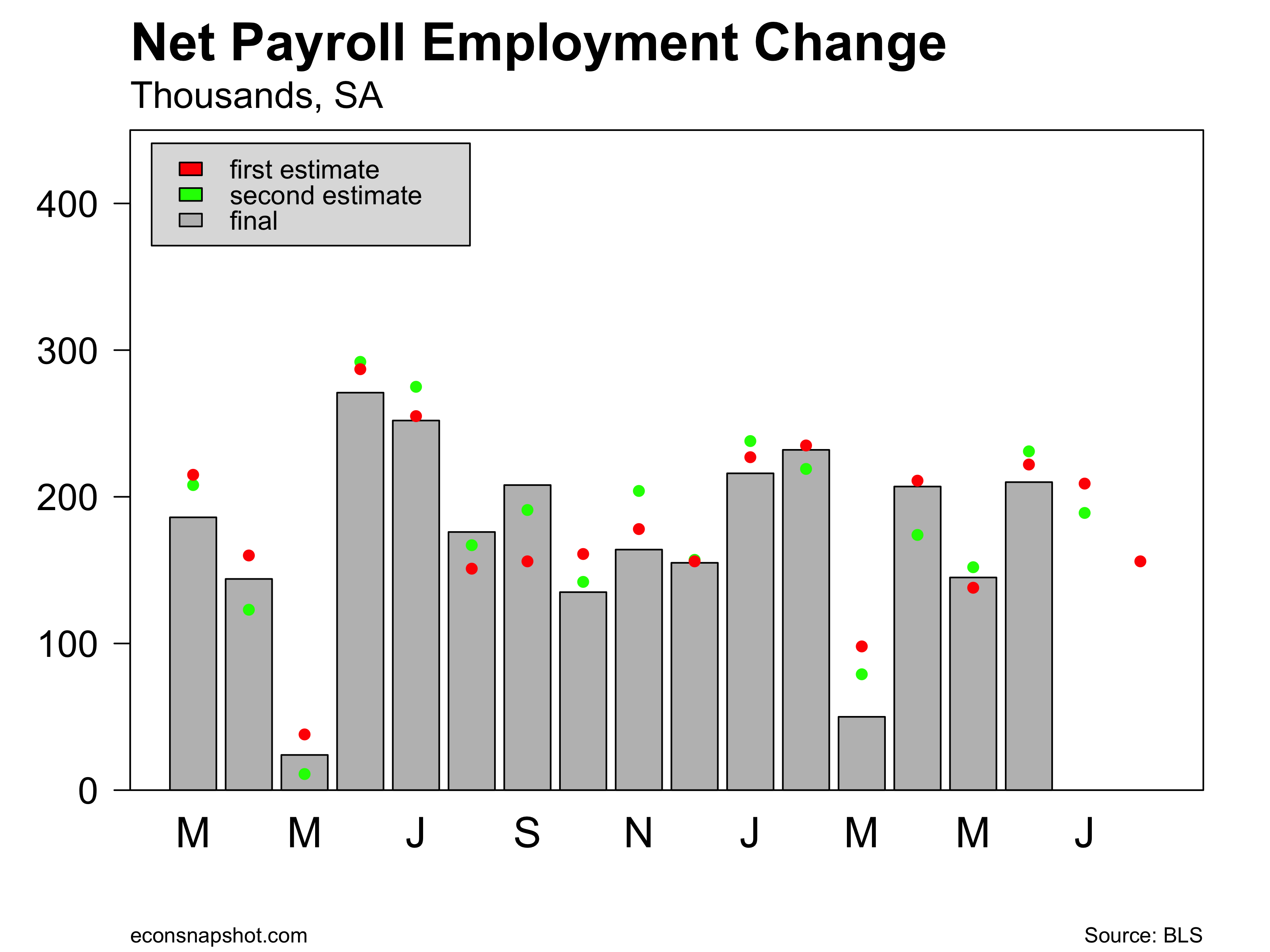
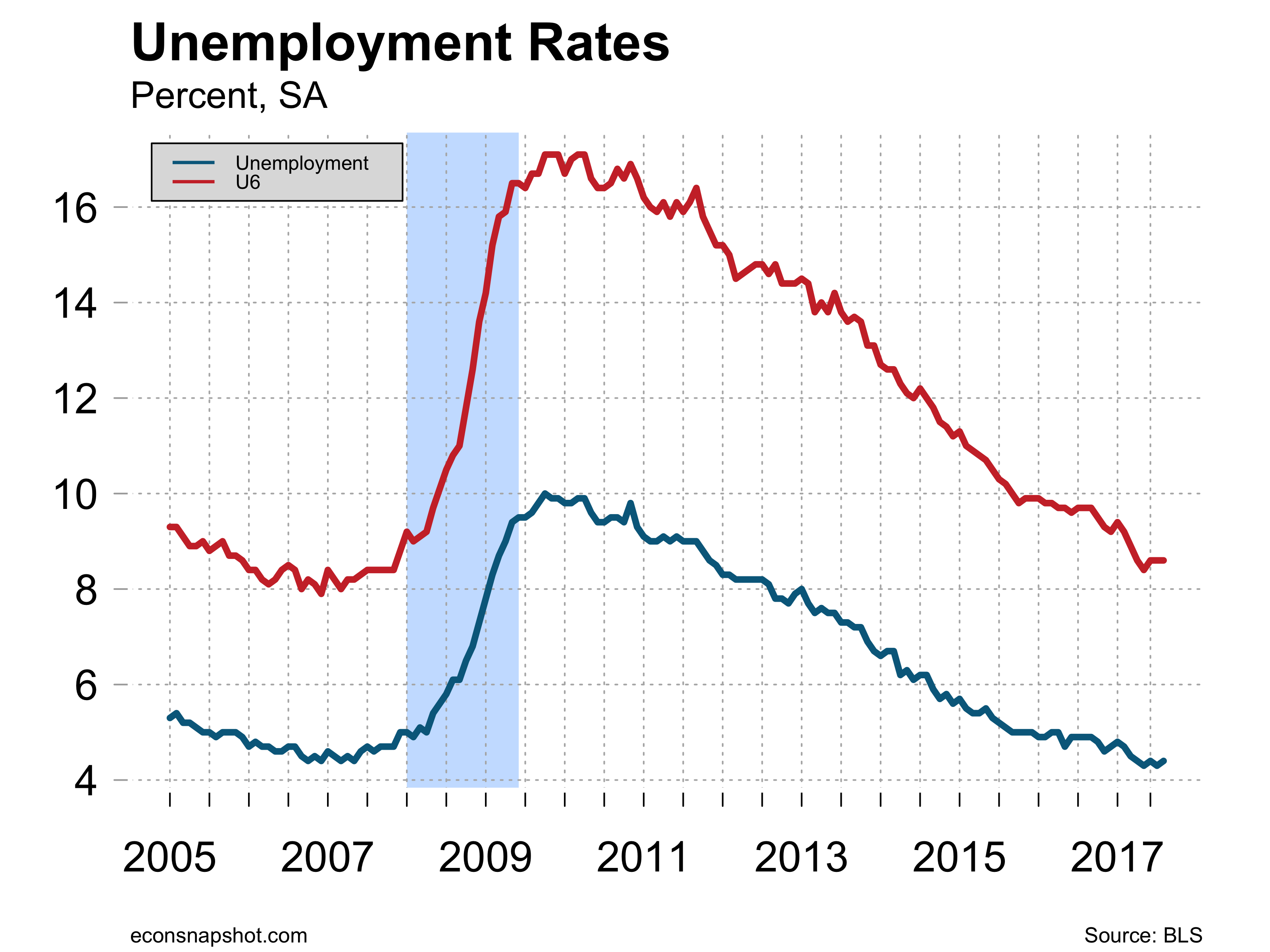
The employment to population ratio has been inching up since 2014 while he labor force participation rate has hovered around 62.9.
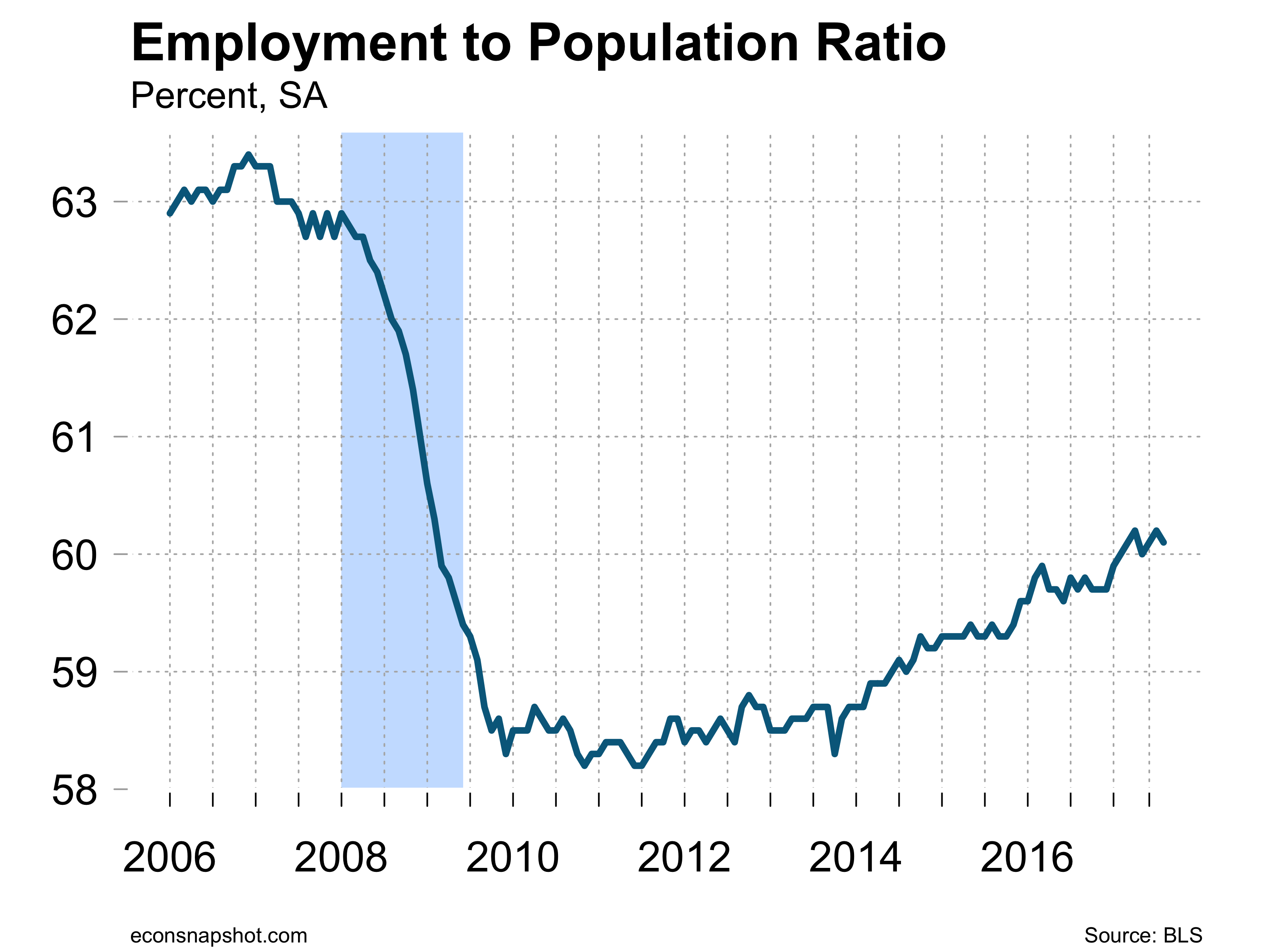
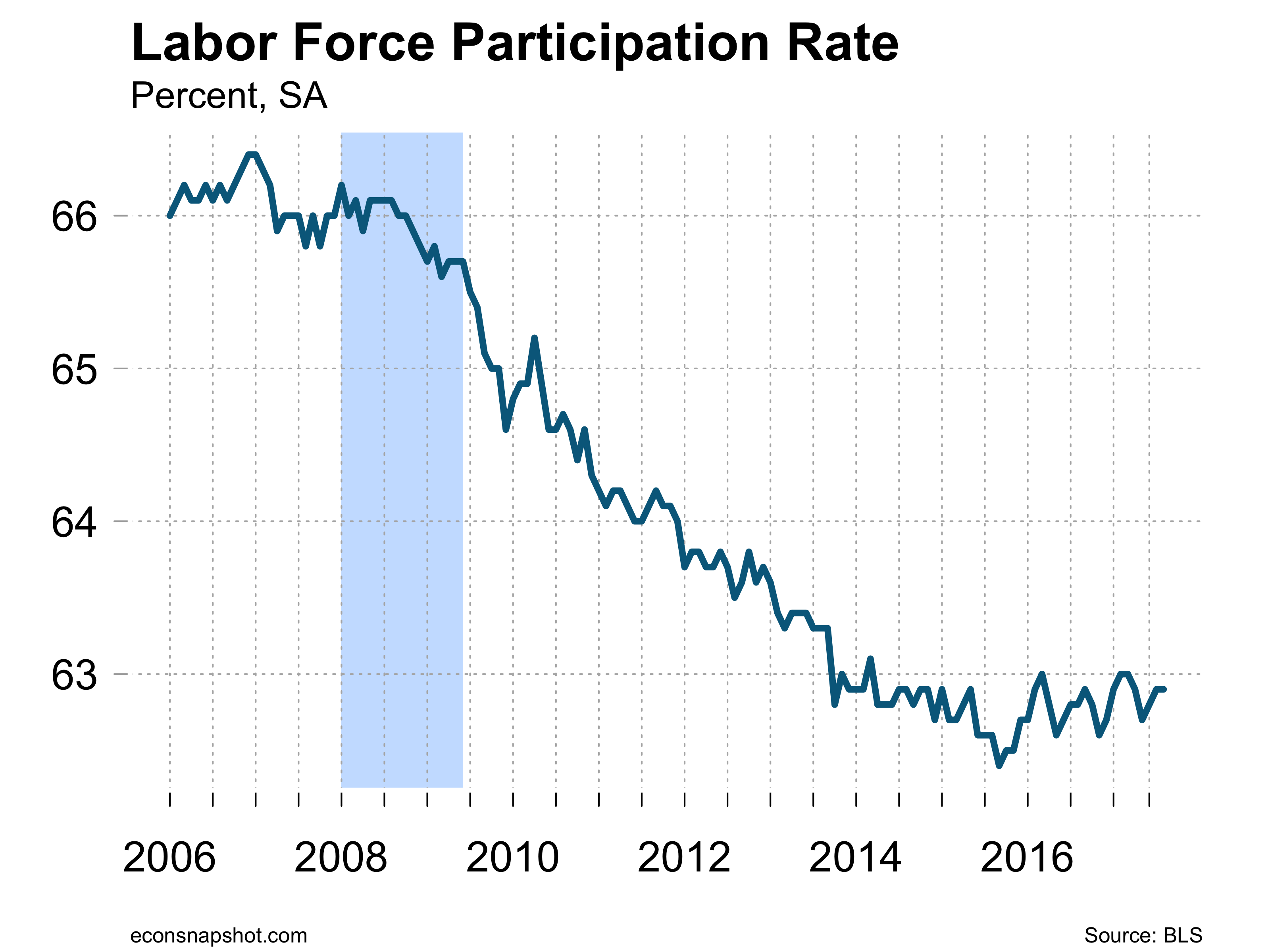
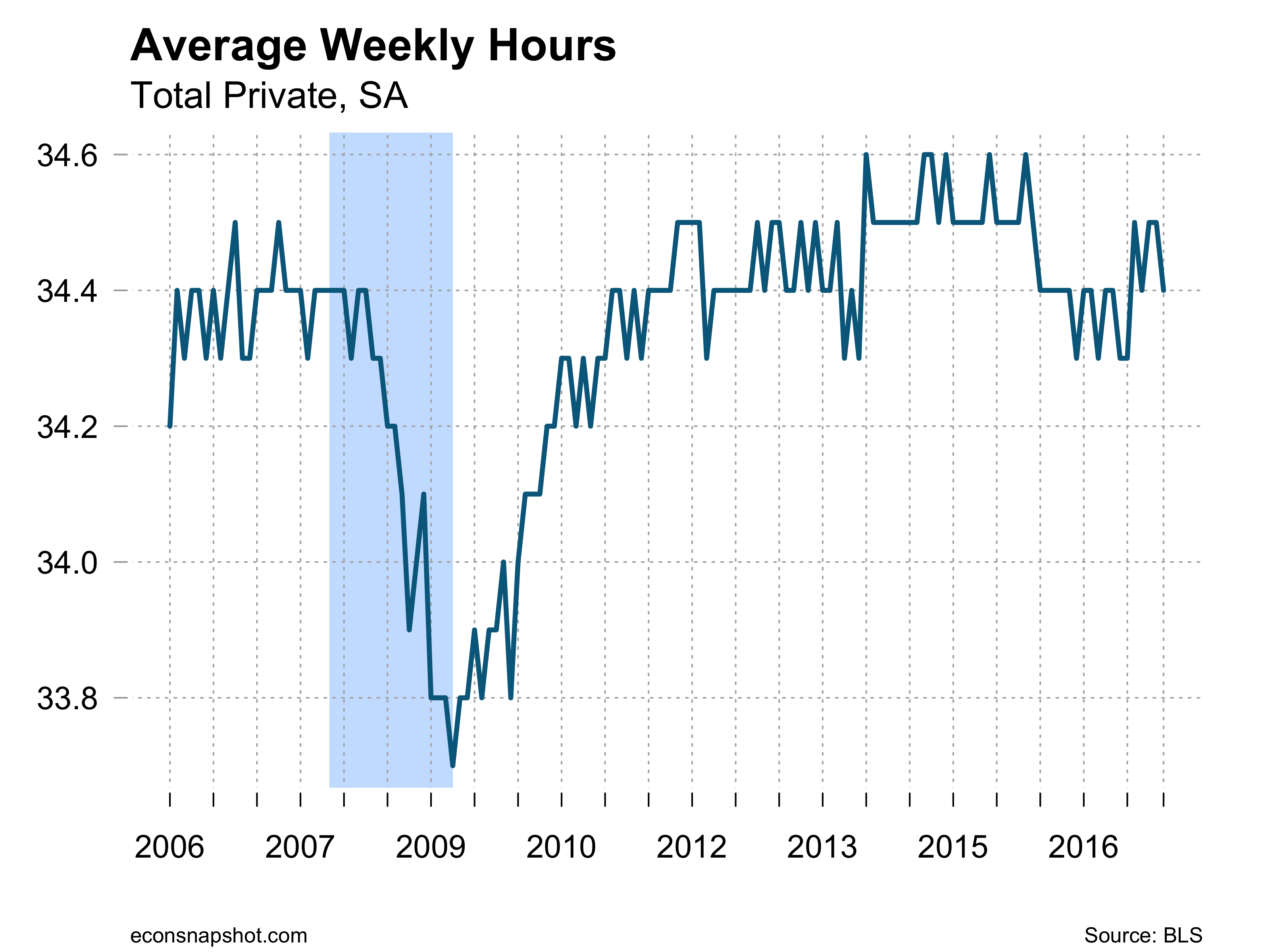
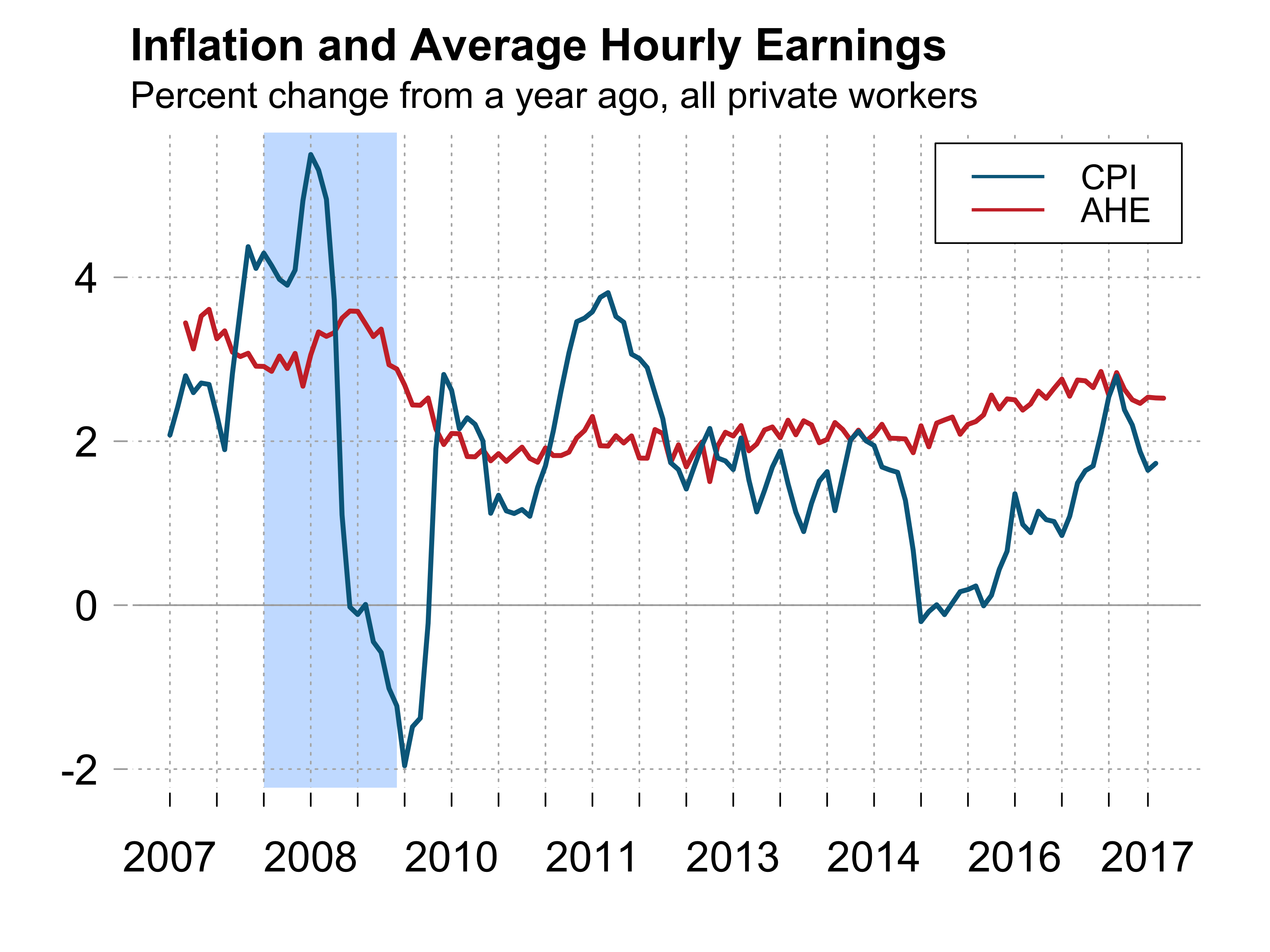
The matching of workers to vacancies, as indicated by the Beveridge Curve, after moving counter-clockwise over the cycle shows a slightly elevated vacancy rate as compared to unemployment.
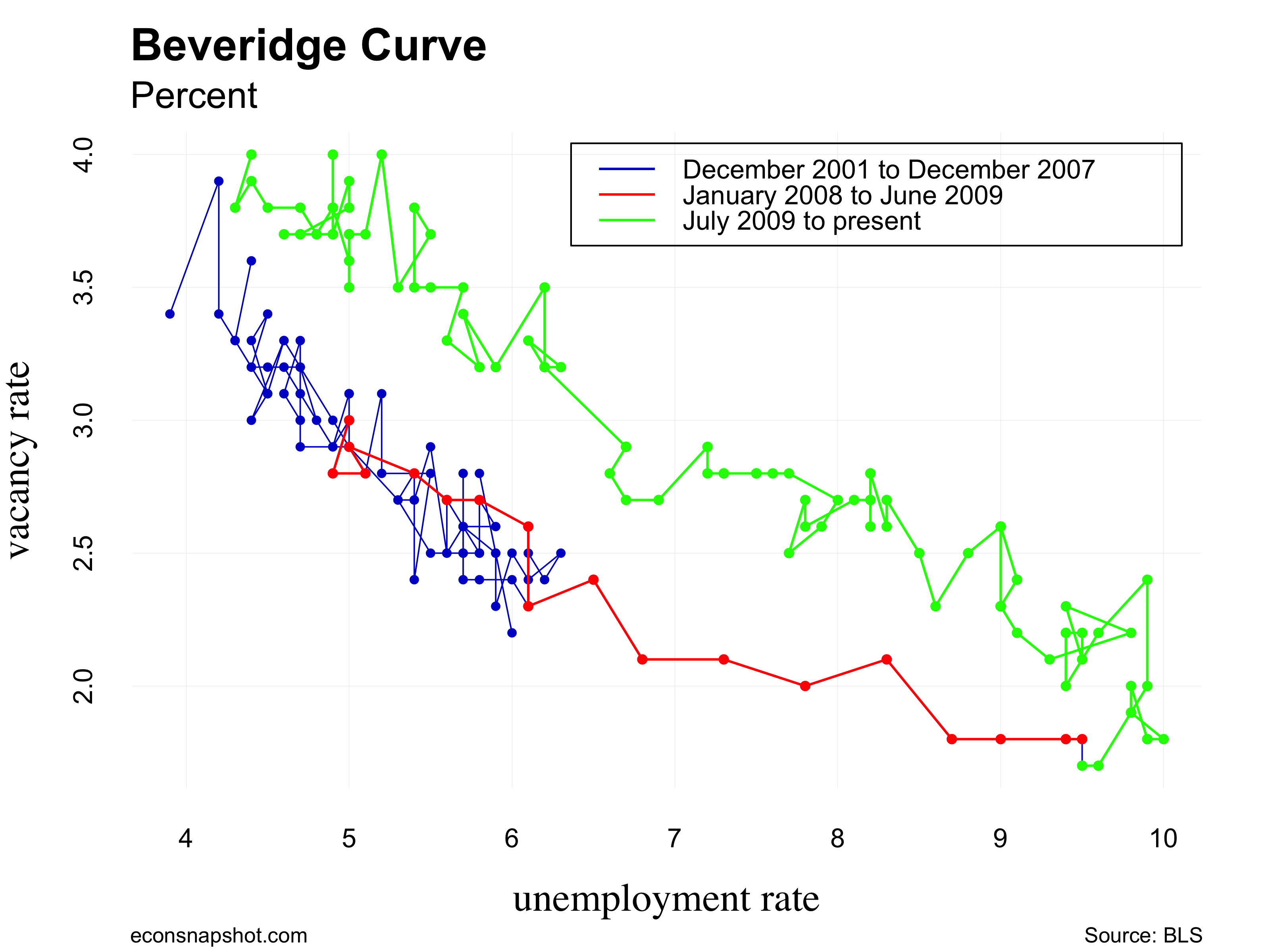
The weakness from this August report likely gives some pause for the policy moving forward. Nevertheless, it is still a strong labor market with low unemployment rates and healthy vacancies. The same puzzles that presented themselves in prior months persist – low participation rates and low wage growth. Healthy GDP growth has not translated into gains for most workers.